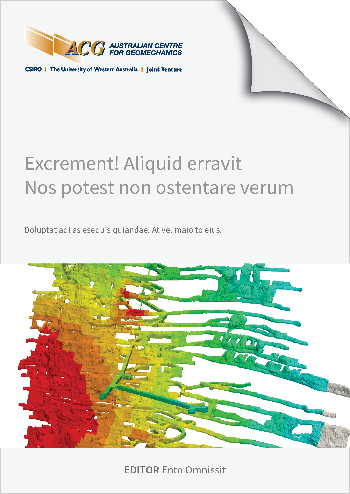Rock mass seismic response to mining

|
Authors: de Beer, W; William, R; Prahastudhi, S; Braim, M |
DOI https://doi.org/10.36487/ACG_repo/2435_G-15
Cite As:
de Beer, W, William, R, Prahastudhi, S & Braim, M 2024, 'Rock mass seismic response to mining', in Daniel Johansson & Håkan Schunnesson (eds), MassMin 2024: Proceedings of the International Conference & Exhibition on Mass Mining, Luleå University of Technology, Luleå, pp. 1034-1044, https://doi.org/10.36487/ACG_repo/2435_G-15
Abstract:
In underground mining, the main use of passive seismic data remains hazard assessment in various forms. However, with an appropriate sensor array it is possible to move towards conclusions about the state and fabric of the rock mass at a given time. The state of the rock mass is described by stress, deformation, and physical condition. The fabric is described by joints, bedding planes, pre-existing failure plains, lithology, and geological structures. Generally, geophysical methods do not provide absolute numbers. However, locations of density or velocity contrasts, seismic source mechanisms and stress directions can be determined. Relative quantities, requiring time lapse methods and/or careful spatial comparisons are common. This paper focusses on combining stress inversions using seismic moment tensors and passive seismic tomography. Stress inversions are useful in describing the state of the rock mass at a given time and place. Tomographic methods are useful for tracking the influence of mining on the surrounding rock. Tomographic methods also provide information in areas where there is no seismic activity, but which are traversed by seismic radiation. Advances in computation capability and innovative algorithms make these techniques accessible to geotechnical practitioners. Here, we apply these techniques to a block cave. The aim is to facilitate geological and geotechnical model validation which aids in the enhancement of understanding hazard in mining operations by understanding the evolution of stress distribution in the rock.
© Copyright 2025, Australian Centre for Geomechanics (ACG), The University of Western Australia. All rights reserved.
View copyright/legal information
Please direct any queries or error reports to repository-acg@uwa.edu.au
View copyright/legal information
Please direct any queries or error reports to repository-acg@uwa.edu.au